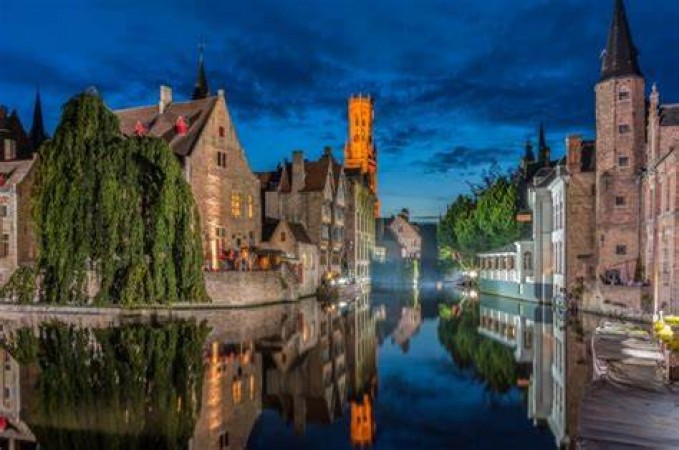In the depths of history, medieval cities emerge as intriguing centers of life, commerce, and culture. However, behind the façade of grandeur lay a reality often overlooked - the unclean and unpleasant conditions that characterized these urban settlements. Delving into the past reveals a world quite different from our modern standards of hygiene and sanitation.
The Hustle and Bustle of Medieval Urban Life
Medieval cities, bustling with activity, were centers of trade, craftsmanship, and social interactions. Amidst the noise and energy, a darker aspect lingered - inadequate waste management.
Insufficient Sanitation Infrastructure
- Urban planning lacked proper sewage systems.
- Waste disposal was rudimentary, often involving dumping into streets or rivers.
Congested Living Spaces
- Overcrowding led to cramped living conditions.
- Lack of proper ventilation and sunlight contributed to unsanitary environments.
A Stroll Through Unsanitary Streets
Navigating the labyrinthine streets of medieval cities was a sensory experience, both captivating and repelling.
Pungent Odors Everywhere
- Rotting waste, open sewers, and animal waste created an overpowering stench.
- Perfumes and herbs were used to mask the pervasive smell, but with limited success.
Vermin and Disease
- Unattended waste attracted rats, fleas, and other disease carriers.
- Outbreaks of diseases like the Black Plague were facilitated by these unsanitary conditions.
The Role of Class and Privilege
In the socio-economic hierarchy of medieval cities, living conditions varied significantly based on one's status.
Nobles and Aristocrats
- Enjoyed relatively cleaner and more spacious dwellings.
- Access to private gardens and baths provided a semblance of cleanliness.
Commoners and Peasants
- Endured squalid living conditions in tightly packed neighborhoods.
- Shared communal wells and basic sanitation facilities, contributing to disease spread.
The Dawn of Change
As time progressed, gradual shifts brought about improvements to the urban landscape.
Emergence of Regulations
- Municipal authorities started imposing regulations on waste disposal.
- Zoning for specific activities helped separate residential areas from industrial ones.
Technological Innovations
- The development of latrines and primitive drainage systems showed promise.
- Nonetheless, these innovations were slow to spread across all urban areas.
A Glimpse into the Unseen
Peering beyond the splendor of medieval cities, we uncover the less glamorous aspects that shaped daily life.
An Insight into Humanity
- Unsanitary conditions reflected the limited understanding of disease transmission.
- Social norms of the time influenced waste management practices.
Lessons for the Modern World
- Reflecting on history's lessons encourages us to appreciate modern sanitation.
- The past serves as a reminder of the importance of sustainable waste management.
In conclusion, delving into the unclean and unpleasant aspects of medieval cities paints a more nuanced picture of history. These cities, while vibrant and essential to their time, were grappling with challenges that often remain hidden from our modern perception. By exploring their sanitation struggles, we gain a deeper understanding of the past and an enhanced appreciation for the present.
From Roti to Breadfruit: Unveiling the Palatable Delight of a Storied Fruit
Morning Magic: How to Start Your Day for Maximum Achievement
Dealing with Sticky Skin? Try These Remedies for Instant Relief
